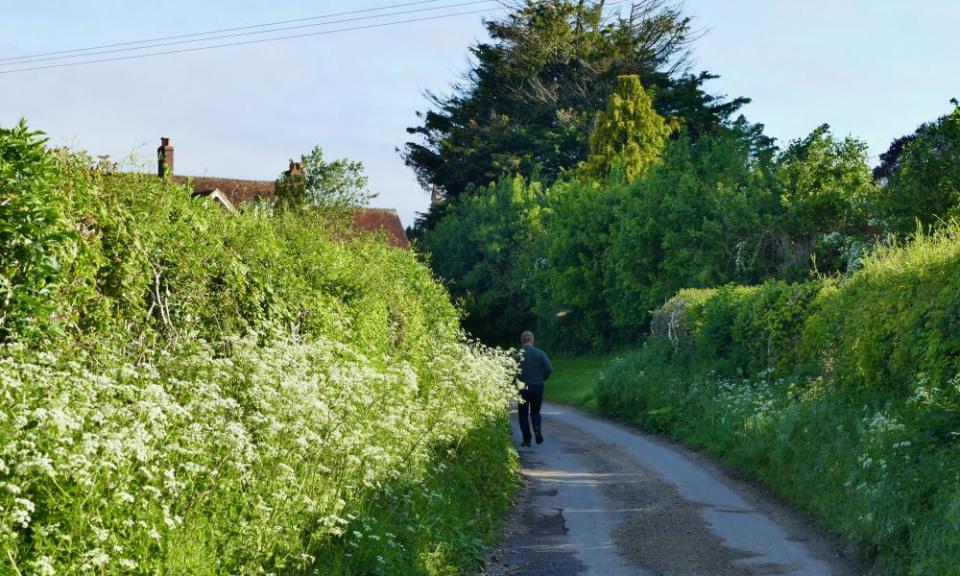Giving back to the land through regenerative farming

Damian Carrington writes about regenerative farmers making the most of planned government subsidies for carbon-cutting measures like hedgerow restoration, changing livestock feeds or agroforestry (‘Why not start now?’ On the track to regenerative farming, 17 September).
I’m fortunate enough to have the space to embark on an estate-wide biodiversity transformation at Ewhurst Park in Hampshire. We are giving more than 450 acres to regenerative crops, as well as creating green corridors, new wildflower meadows, and beekeeping and coppicing projects.
We’re not able to commit to the subsidy scheme, which would tie us into a multi-year planting plan. Regenerative agriculture is about giving back to the land, which means observing and responding to nature, as well as experimenting and trialling approaches. If regenerative agriculture is to move into the mainstream, we need a system of grants that rewards flexibility, experimentation and listening to the land.
Mandy Lieu
Ewhurst Park, Hampshire
• Your article rightly places regenerative farming at the centre of solving our countryside’s greatest puzzle: how to produce enough healthy food while locking in carbon and aiding wildlife recovery? It is clear that farmers are in favour of restoring hedgerows, half of which we have lost since the second world war. CPRE’s new research has found that investing in our hedgerows to meet the climate change committee’s target of a 40% rise by 2050 would create 25,000 jobs. That’s why it’s a no-brainer that the government sets an ambitious target and supports farmers to plant and restore thousands of miles of hedgerows.
Tom Fyans
Deputy chief executive, CPRE, the Countryside Charity
• Have an opinion on anything you’ve read in the Guardian today? Please email us your letter and it will be considered for publication.

 Yahoo Movies
Yahoo Movies 